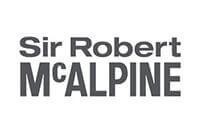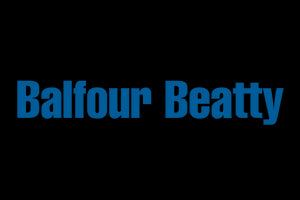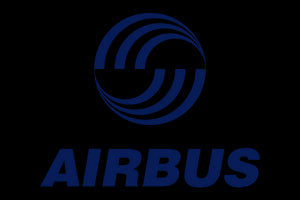Hangar maintenance generates dust from sanding, composite repair, sealant removal, concrete patching, and paint preparation. The volumes are large and doors often stay open, so control relies on disciplined capture and zoning.
Capture at source
- Use sander and grinder shrouds connected to M-Class or H-Class extraction. Choose hose diameters that maintain airflow under load and keep runs short.
- For composite trimming, keep tools sharp and speeds moderate to reduce fibre breakage and fine PM generation.
- Local exhaust ventilation at benches for small parts prevents background build-up.
Contain and control the air
Build temporary enclosures around dust-intensive tasks and maintain negative pressure to keep particles from migrating to the bay. Position air scrubbers to pull air across the workpiece toward extraction, not across operators. For concrete works, consider additional water suppression where safe.
Housekeeping without re-suspension
- Avoid sweeping and compressed air on aircraft or floors. Use industrial vacuums with high-efficiency filtration and anti-static accessories.
- Clean high structures such as lighting trusses and services using extendable vacuum tools; vibration dislodges settled dust during engine runs.
- Bag and seal waste at source; remove from the hangar promptly.
Coordination, permits, and checks
Integrate dust controls into job packs and permits-to-work. For tasks generating respirable crystalline silica (RCS) during concrete repairs, follow HSE guidance and keep exposures as low as reasonably practicable. Use PM meters to verify conditions before removing containments.
Practical takeaways
- Shroud tools and connect to correctly sized extraction.
- Create negative pressure enclosures for dusty tasks.
- Place air scrubbers to draw dust away from breathing zones.
- Vacuum surfaces only; avoid sweeping and blow-downs.
- Monitor particulate and adjust controls when doors are open.
Applying source capture, controlled airflow, and careful housekeeping keeps hangars productive, safer, and cleaner without disrupting aircraft schedules.
Speak with a Dust Expert
Every site and project is different. If you’d like tailored guidance for your specific scenario, our Dust Experts are here to help.














